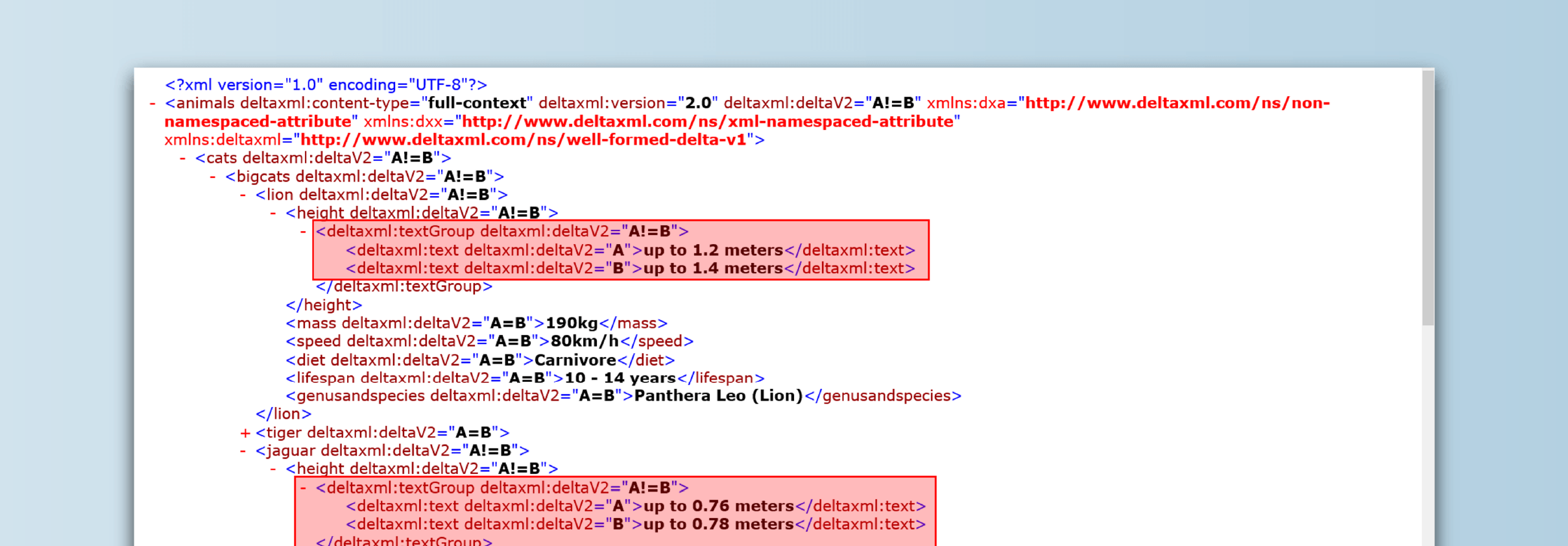XML files play a crucial role in storing and transmitting data in a structured format. Standing for
eXtensible Markup Language
, XML is widely used across various industries due to its flexibility and versatility. From government agencies to financial institutions, and from aircraft manufacturers to the defence industry, XML files are integral to managing and exchanging critical data. Yet, as XML files evolve and undergo modifications, it becomes essential to compare different versions to track changes accurately.
Understanding XML Files
XML is a widely used language for storing and transmitting structured data. It provides a flexible way to create common information formats and share both the format and the data on the World Wide Web, intranets, and elsewhere.
XML files consist of structured data organised in a hierarchical format. They contain elements, attributes, and text, arranged in a tree-like structure. Here’s a basic example of an XML file structure:


